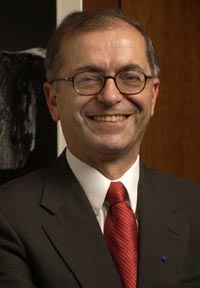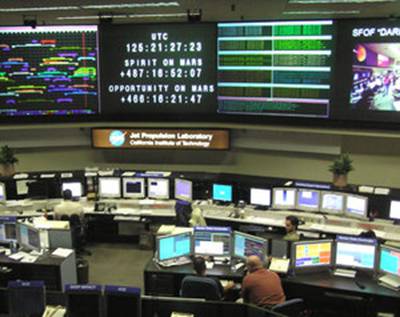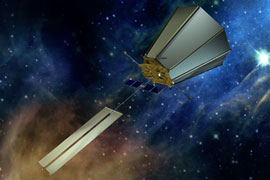 Dr. Charles Elachi
Dr. Charles Elachi
Dr. Charles Elachi was born in Lebanon and posesses a strong academic background. He studied in France at the University of Grenoble where he received a B.S. in Physics and the Diplome Ingenieur in Engineering from the Polytechnic Institute, Grenoble in 1968. Elachi also received M.S. and Ph.D degrees in electrical sciences from the California Institute of Technology in 1969 and 1971 respectively. Later in 1978 he received an MBA from USC and in 1983 an M.S. degree in geology from UCLA.
Elachi is the Director of the Jet Propulsion Laboratory and Vice President of the California Institute of Technology, where he is holds a position as a Professor of Electrical Engineering and Planetary Science. During 1982-2000 he taught “The Physics of Remote Sensing” at Caltech.
He is presently the Team Leader of the Cassini Titan Radar experiment and a co-investigator on the Rosetta Comet Nucleus Sounder Experiment.
Elachi is not only a scientist but also a writer. He has completed over 230 publications in the fields of space and planetary exploration, observation of Earth from space, active microwave remote sensing, electromagnetic theory and integrated optics. He holds several patents in those fields. Elachi wrote three textbooks about remote sensing, one of them even being translated into Chinese.
During his 30 year career at JPL, Dr. Elachi’s leadership grew larger as the field of spaceborne imaging radar changed from as small research area to a major field of scientific research and application. Now JPL and NASA have become the world leaders of spaceborne imaging radars and over the last decade developed Seasat, SIR-A, SIR-B, SIR-C, Magellan, SRTM and the Cassini Radar.
 Humor found here.
Humor found here. 


